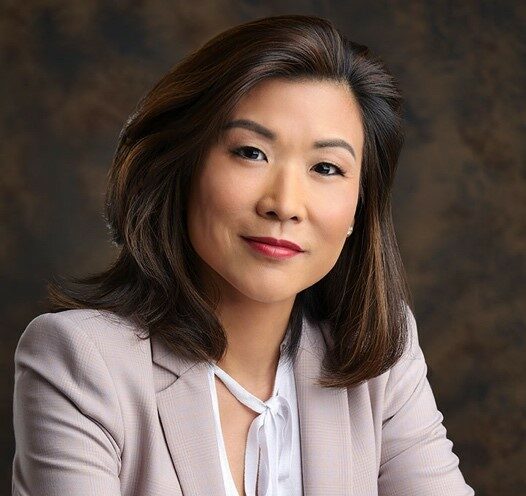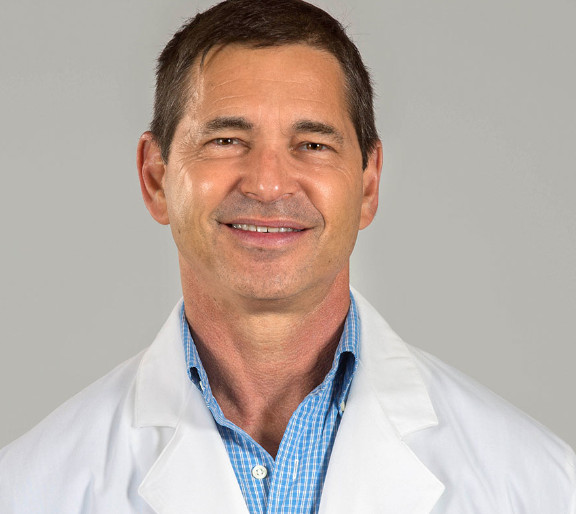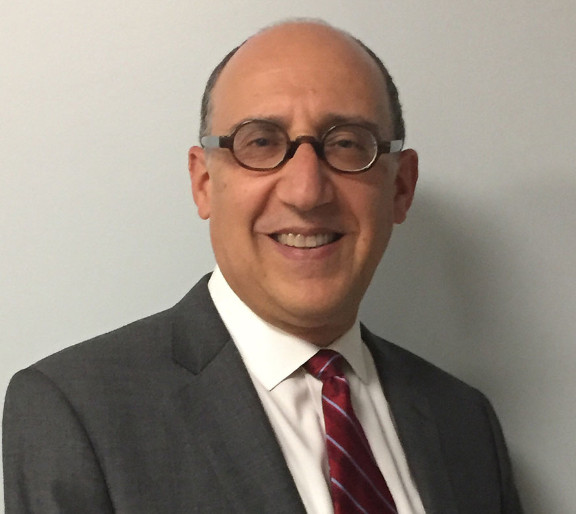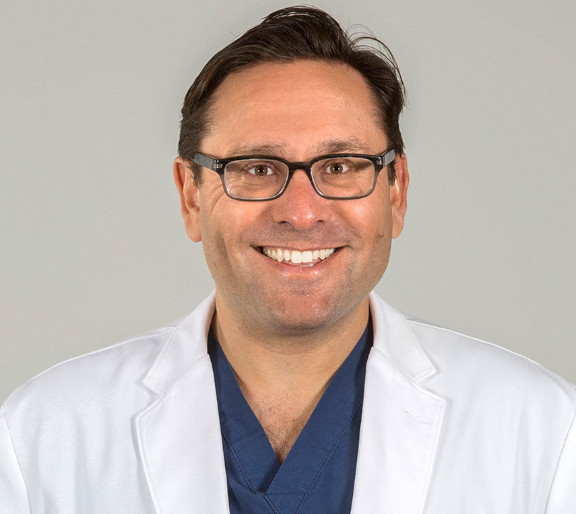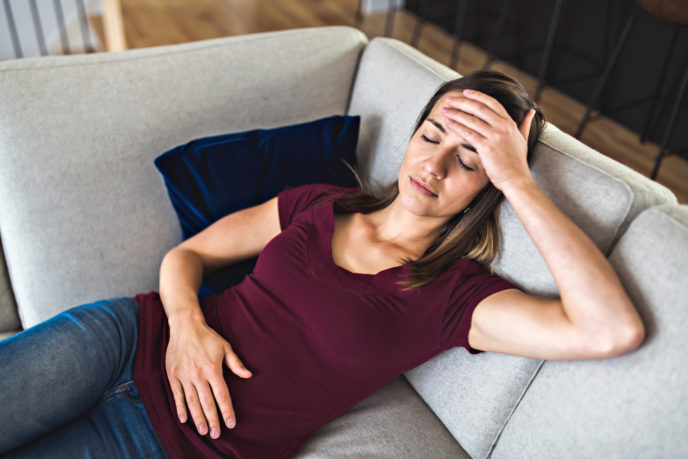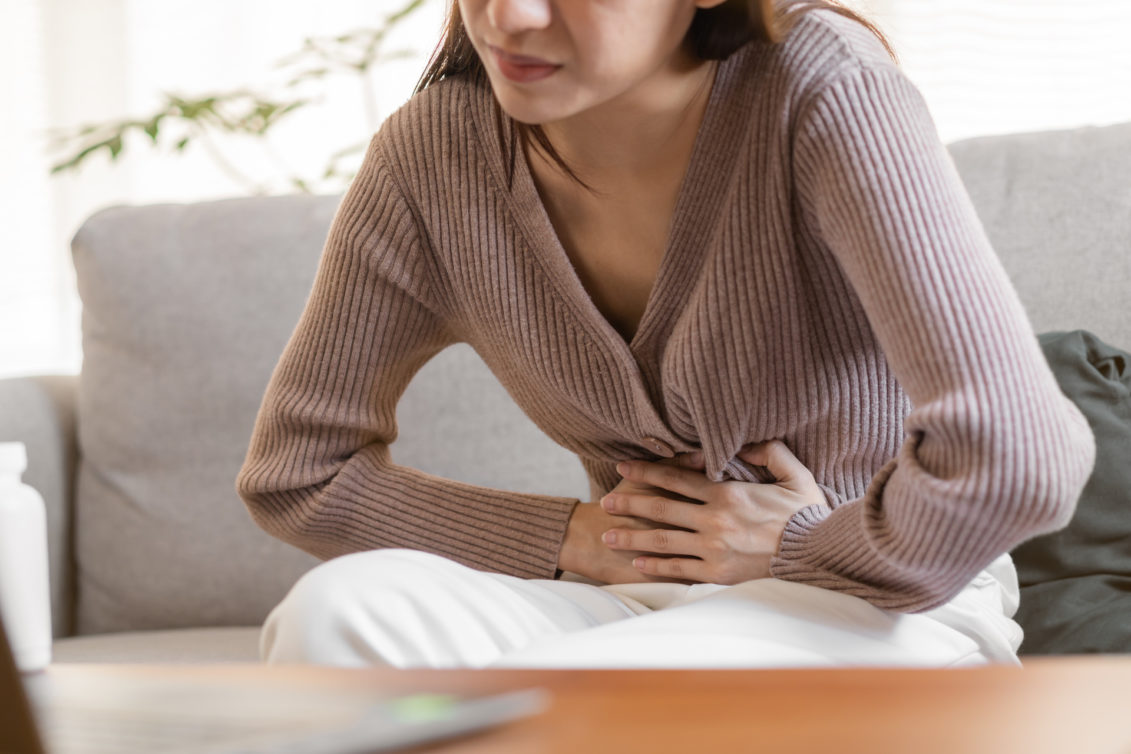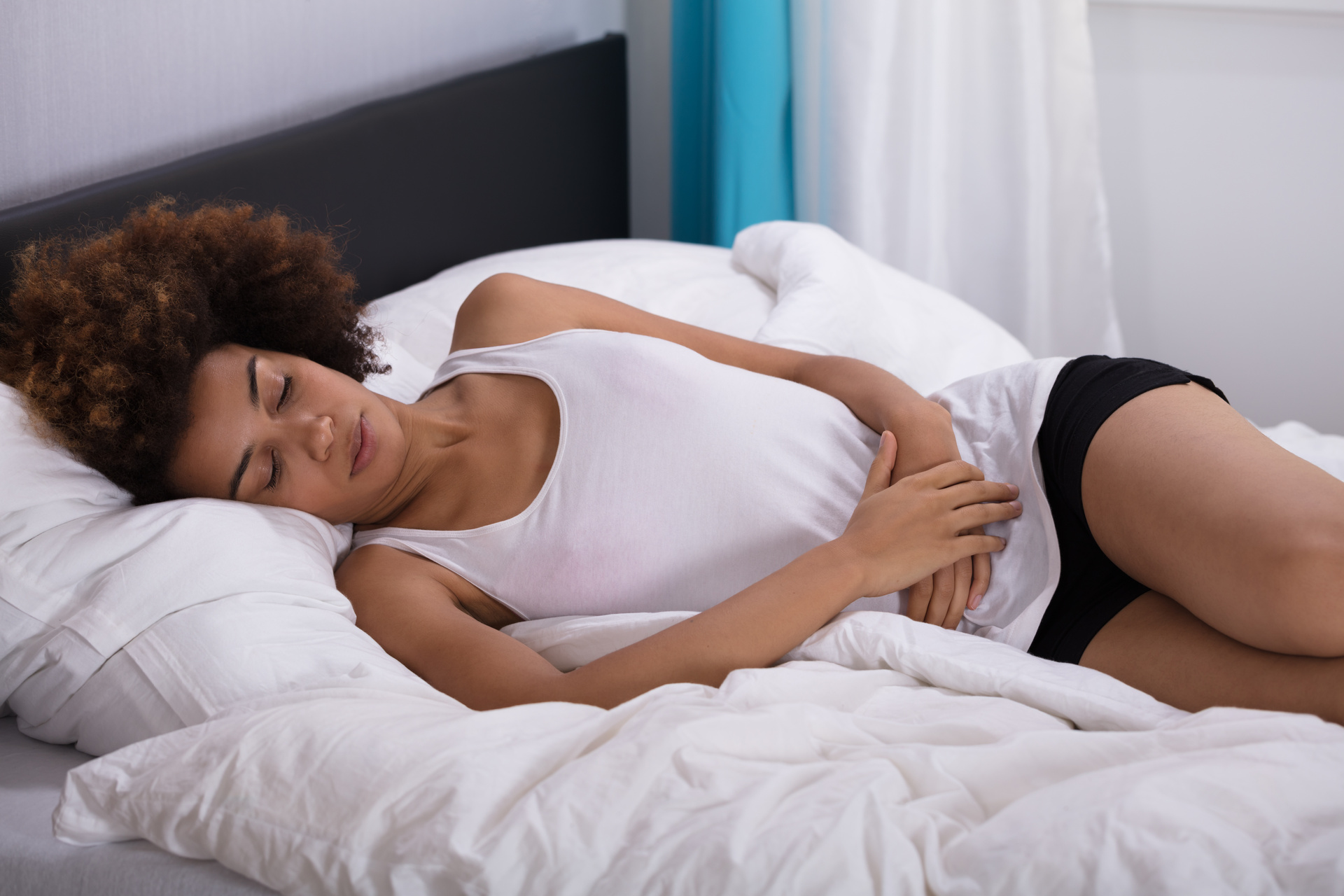

What are the Risk Factors for Uterine Fibroids?
Uterine fibroids are the most common type of tumor within the reproductive tract, affecting women during their childbearing years. Despite the prevalence of these non-cancerous tumors, only about half of women believe they are at risk of uterine fibroids. Because fibroid symptoms can be similar to those of other female health conditions, it’s important to understand the risk factors, especially if you are of African-American descent or have a family history of fibroids.
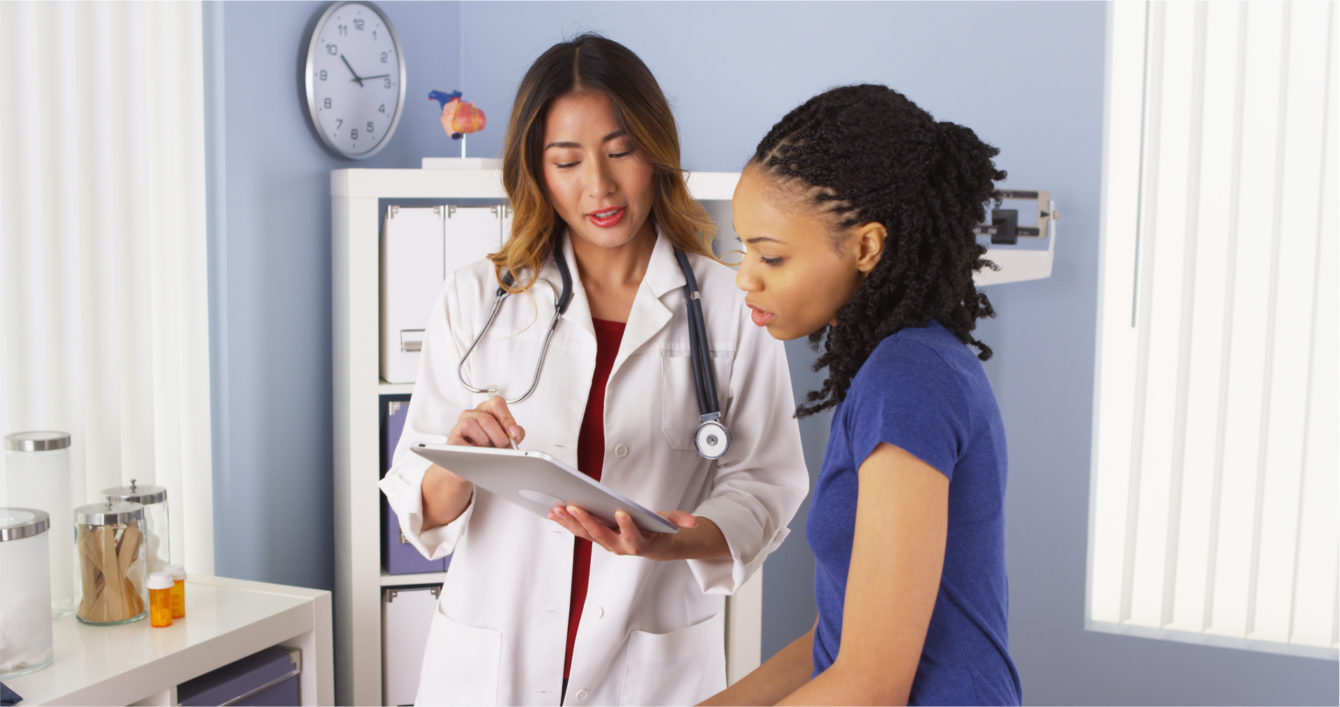
Common Uterine Fibroid Risk Factors
There are several known risk factors for developing uterine fibroids, aside from being a woman of reproductive age. If you think you may be at risk, it’s important to schedule a consultation with an affiliated physician at American Fibroid Centers to get the proper diagnosis and treatment for your condition.
Age
Although fibroids may occur at any age, fibroids become more common as women grow older. Women frequently present symptoms in their late 30s or early 40s up until menopause. After menopause, uterine fibroids are much less likely to develop and usually shrink if they are present.
Race
African American women are three times more likely to develop uterine fibroids than women of any other race. In addition, young African American women between the ages of 29 and 39 are much more likely to experience severe fibroid symptoms. Evidence suggests that genetics and low Vitamin D levels might play a significant role.
Family History
Uterine fibroids tend to run in the family, and a maternal history of uterine fibroids may be the biggest risk factor. If your mother, sister, or grandmother was diagnosed with this condition, you may be more likely to develop it as well. If your mother has a history of uterine fibroids, your risk of developing fibroids is three times higher than average.
Obesity
Having a high Body Mass Index (BMI), or being 20% over your recommended body weight, can lead to the development of uterine fibroids. Fat cells produce estrogen, so overweight women have higher levels of the hormone circulating through their bodies. When estrogen and progesterone levels are high, fibroids typically increase in size.
Early Onset of Menstruation
Fibroids are more common in women who begin to menstruate at an early age. Most girls start their first period (menarche) around 12 or 13 years old. Studies indicate that early menstrual periods are linked to higher rates of fibroids, obesity, and diabetes. Early menarche was also found to be more common in African American women.
Vitamin D Deficiency
Vitamin D is a fat-soluble vitamin that helps the body absorb and metabolize calcium, magnesium, and phosphate. It also classifies as a hormone due to its effects on the reproductive system. You are considered to have a Vitamin D deficiency if your level is below 30 ng/ml. The average Vitamin D level of women with uterine fibroids is 23.3 ng/ml.
Who is at High Risk for Developing Uterine Fibroids?
Since uterine fibroids are the most common tumors within the female reproductive system, all women are at risk of developing them. Fibroids affect up to 80% of women by the time they are 50. If you are experiencing any symptoms of uterine fibroids, your OBGYN can determine if you have them during your annual pelvic exam. Certain women are at greater risk of fibroids, including:
- Women between the ages of 30 and 54
- African American women
- Overweight women
- Women with a family history of fibroids
- Women who experience early menstrual periods
- Women with high blood pressure
How to Prevent Fibroids
Although there is no way to prevent uterine fibroids, there are certain lifestyle choices you can make to reduce your risk of developing fibroids. Lifestyle changes are the first step to treating fibroids and relieving symptoms if you think you are at risk. You can do the following to help prevent and reduce the effects of fibroids.
- Eat a diet rich in fruits, vegetables, and fish
- Balance your estrogen levels
- Exercise, lose weight, and maintain a healthy weight
- Lower your blood pressure
- Get enough Vitamin D
- Lower your alcohol consumption
Our Fibroid Specialists
Our board-certified, affiliated fibroid specialists in NY and NJ, are highly trained in the diagnosis and treatment of uterine fibroids. Their goal is to address fibroid pain and related symptoms through Uterine Fibroid Embolization, a minimally invasive-image guided procedure. When you choose to work with us, our team will ensure that you are comfortable and confident in the care you receive from start to finish.
What Our Patients Are Saying
Learn more about our patients’ experiences at American Fibroid Centers.
From the Experts
Get to know more about the symptoms, causes, treatment, and care of Uterine Fibroids.



